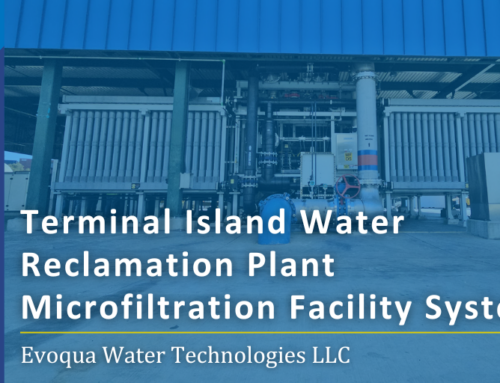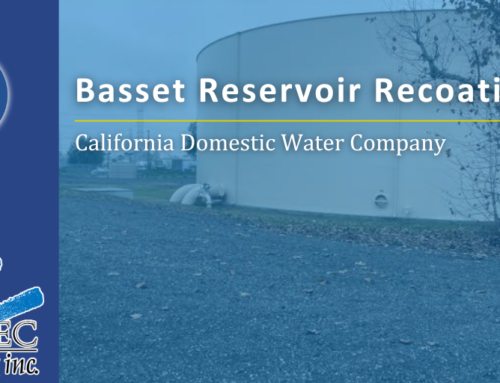Wildfire Season Closes and Civiltec’s Flood Mitigation Efforts Begin
Arizona Wildfire season typically begins in May and lasts through mid-July. Over the past two years, fires have started the wildfire season sooner which has created post-fire-related flooding during monsoon season. Last year, the Telegraph Fire, the 6th largest fire in Arizona History, burned at least 139,615 acres before merging with the 90% contained Mezcal Fire a month after igniting burning 180,757 acres total. In 2022, wildfire season began with the Tunnel Fire burning 20,000 acres, and quickly afterward the fast-moving Pipeline fire only 6 miles north of Flagstaff burned approximately 26,500 acres. With monsoon season right after these major fires, emergency flood mitigation and long-term mitigation efforts are necessary to minimize flooding. Civiltec has been working on the Telegraph Fire (surveying) and is providing emergency flood mitigation and long-term mitigation planning on the Pipeline Fire. Below is more about the efforts of both Ben Tilman, Survey Manager (Telegraph Fire) and Chris Duzsa, Principal Engineer (Tunnel and Pipeline Fire.)
For the Telegraph Fire, Ben Tilman is directing surveying services for the engineering team working on flood mitigation. Our work on the Telegraph Fire involved an aerial survey of the entire project area to provide current topographic mapping. The team also provided detailed topographic surveys of several sites along the flow paths where drainage improvements will be constructed to minimize flooding. Civiltec also provided boundary surveys and legal descriptions to obtain drainage easements from adjoining landowners. “We are still working on this second phase now. In particular, we are providing detailed surveys of three different neighborhoods affected by the flooding, allowing the engineer to design drainage improvements to minimize flooding of the homes.” Ben had this to say regarding his work on the Telegraph Fire, “It has been a massive effort to deal with the after-effects of these fires, and it can seem overwhelming. I am sure it seems even more so for the people who live in the affected areas. I am proud of our work on these projects because it really brings home the main point of our work in general; helping make people’s lives better and safer. You can directly see how what you are doing leads to improved lives.”
Chris Duzsa began working on the Tunnel Fire’s flood mitigation in May and said “those impacts were relatively minor in terms of flooding, there were effects, but as we were working on those mitigations the Pipeline Fire began burning. That fire burned higher up on the mountain and burned a lot of the same area as the Schultz Fire in 2010.” This is an area that Civiltec has a history with after working on the mitigation efforts and improvements for years after the fire. Several of the watersheds that had mitigation improvements from the Schultz Fire were directly affected by the recent fires. The Pipeline Fire “burned a lot of the watershed areas that were burned during Schultz, setting the watershed restoration clock back to zero. It had a much larger effect than the Tunnel Fire and the fires occurred within weeks of one another. In addition, it occurred right before monsoon season which is the worst-case scenario. Having severely compromised watersheds right before monsoons has greatly increased the likelihood of flooding and sourcing of debris and sediment-laden runoff from the fire. This can lead to property damage and other dangers to the public.” Chris has been actively working with a team of about 30 individuals from multiple other firms on the initial emergency mitigation and long-term mitigation services. Their work is paying off and the team has also secured Natural Resource Conservation Service (NRCS) Emergency Watershed Protection (EWP) funding for 2.2 million dollars to help cover the costs of the initial emergency mitigation efforts. This funding will help with the implementation of emergency mitigation for high-risk properties. Next, we will focus on long-term mitigation. “How do we improve this situation? Just like with the Schultz Fire in 2010, we start by examining how the fire has affected the watersheds, and then we will figure out improvements both on-forest and off-forest to minimize flooding. We will also pursue multiple funding sources to secure money to put these long-term mitigation plans in place. We will see these projects through from conceptualization to construction.”
All in all, the work is moving quickly and getting done. Public safety is the goal. Chris has this to say, “Hang in there and be patient right now. This is a tough situation. Having this magnitude of fire this close to monsoon season is a worst-case scenario. Flooding is going to happen and it will continue to happen until we can get these long-term improvements constructed. We will look at each storm event and learn from each event and adjust our strategies accordingly.” The Civiltec team will continue their efforts in the years following these fires and hope to see improvements for those affected soon. For those concerned or interested in updates from Coconino County, you can find meetings and additional information on Coconino County – YouTube page, website, or check Twitter for updates. Stay informed and remember to put your sandbags out and hang tight.
Our officer, Tim Holt, captured this crazy moment as water surged down the #PipelineFire burn scar on the San Francisco Peaks yesterday. Tim, who was on the mountain helping enforce closures, said it was "pretty intimidating" to watch as this powerful act of nature happened! pic.twitter.com/v7r5E6wAwg
— Arizona Game & Fish (@azgfd) July 15, 2022



